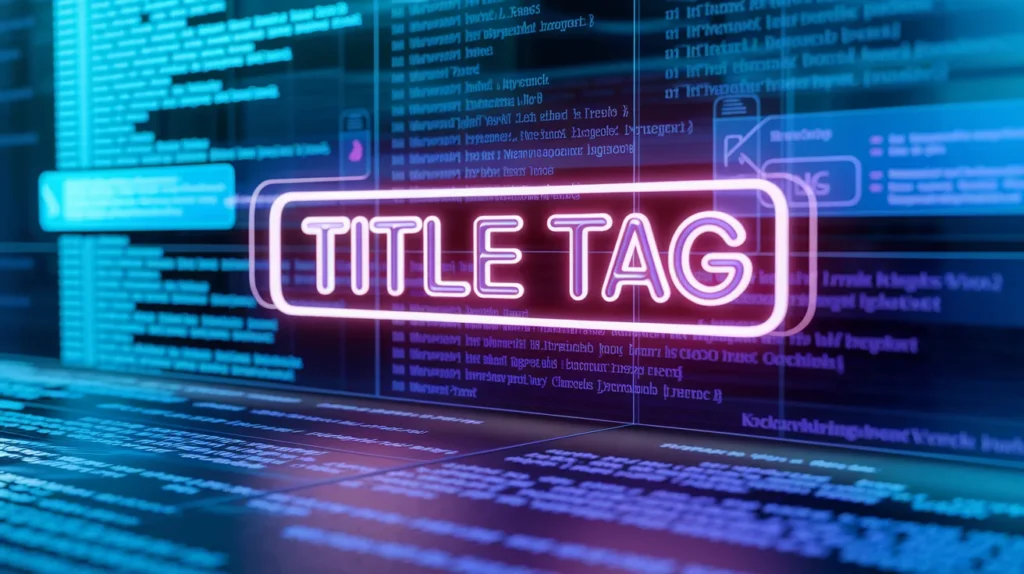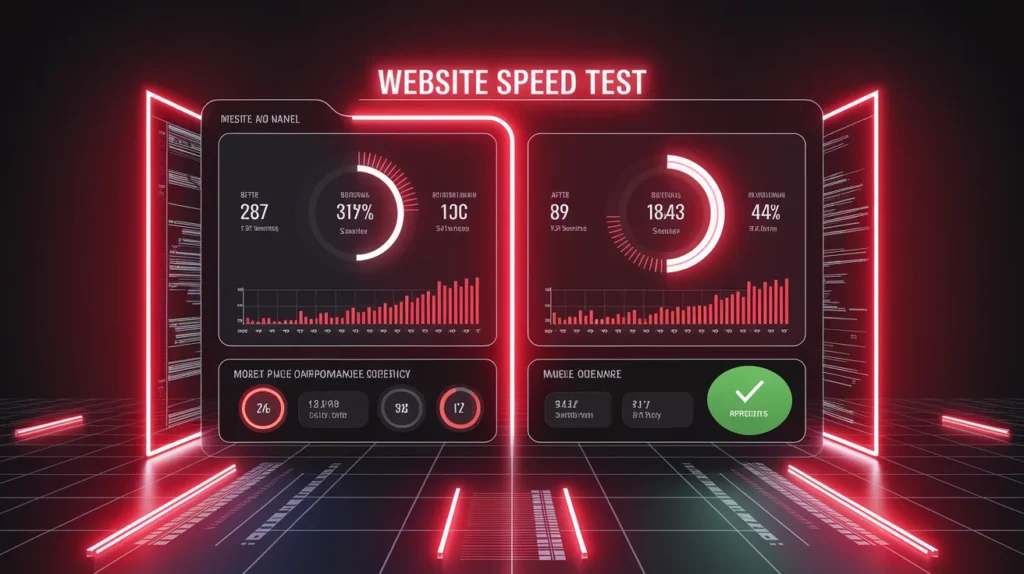Want to boost your website’s search engine rankings without a complete overhaul? These five actionable on-page SEO tweaks can be implemented immediately to improve your visibility and drive more organic traffic to your site.
Optimize Your Title Tags and Meta Descriptions for Maximum Impact

Your title tags and meta descriptions are your website’s first impression in search results. According to Backlinko, websites with optimized title tags and meta descriptions experience up to 25% higher click-through rates than those without.
Quick implementation tips:
- Keep title tags between 50-60 characters with your primary keyword near the beginning
- Write compelling meta descriptions under 160 characters that include a clear value proposition and call-to-action
- Ensure each page has unique, descriptive titles that accurately reflect the content
For example, instead of “SEO Services | Neo Core,” use “5 Proven SEO Strategies for Small Businesses | Neo Core”
Create High-Quality, Structured Content with Strategic Header Tags
Header tags (H1, H2, H3) do more than organize your content—they help search engines understand your page’s structure and topic hierarchy. According to Surfer SEO, proper heading structure improves both readability and helps search engines better understand your content.

Quick implementation tips:
- Use only one H1 tag per page containing your primary keyword
- Structure content logically with H2s and H3s for subtopics
- Break up content into digestible sections with headers that include relevant keywords
- Keep paragraphs short (2-3 sentences) to improve readability
As Konker’s blog notes, “Structure your content with keyword-rich headings (H1, H2, etc.). Not only do they improve readability, but they also help search engines understand the hierarchy of your content.”
Enhance Page Speed for Better User Experience and Rankings
Page speed is a critical ranking factor that affects both SEO and user experience. According to Search Engine Journal, even a 20% reduction in image size can significantly boost page speed and rankings.

Quick implementation tips:
- Compress images using tools like Neo Core’s Image Compressor
- Minify CSS, JavaScript, and HTML with Neo Core’s Minifier
- Enable browser caching to reduce load times for returning visitors
- Test your site speed using Google PageSpeed Insights and implement their recommendations
Google’s research shows that 53% of mobile users abandon sites that take longer than three seconds to load—don’t lose potential customers to slow loading times.
Implement Strategic Internal Linking to Strengthen Site Architecture
Internal linking strengthens your site architecture and distributes page authority throughout your domain. This often-overlooked tactic can significantly impact your SEO performance.

Quick implementation tips:
- Link to relevant, high-value pages from your content using descriptive anchor text
- Create a logical site structure that helps users navigate easily
- Ensure important pages are no more than 3 clicks from your homepage
- Update older content with links to newer, relevant articles
For small businesses just starting with SEO, our guide on the importance of SEO for small businesses provides valuable insights on building a strong foundation.
Optimize Images for Search and Speed
Images enhance user engagement but can hinder performance if not properly optimized. Effective image optimization improves both page speed and accessibility.
Quick implementation tips:
- Add descriptive alt text to all images that includes relevant keywords
- Compress images before uploading using Neo Core’s Image Compressor
- Use responsive images that display properly on all devices
- Name image files descriptively (e.g., “on-page-seo-techniques.jpg” instead of “IMG001.jpg”)
Bonus: Create Custom QR Codes for Cross-Channel Marketing

Bridge the gap between your digital and physical marketing efforts by creating custom QR codes that direct users to your optimized landing pages. This can drive additional traffic to your best-performing content.
Our free QR Code Generator makes it easy to create professional QR codes that enhance your marketing materials while supporting your SEO efforts.
Key Takeaways
Implementing these five on-page SEO tweaks doesn’t require extensive technical knowledge or a complete website redesign. By focusing on these fundamental elements, you can make meaningful improvements to your search rankings starting today:
- Optimize title tags and meta descriptions for higher click-through rates
- Structure content with strategic header tags for better readability and crawlability
- Improve page speed to reduce bounce rates and improve user experience
- Strengthen your site architecture with strategic internal linking
- Optimize images for both search visibility and faster loading times
Remember that SEO is an ongoing process, not a one-time fix. Consistently applying these principles across your website will yield the best long-term results for your organic search visibility.
Want to learn more about improving your website’s SEO? Check out our comprehensive tools and resources at Neo Core to take your digital presence to the next level.

